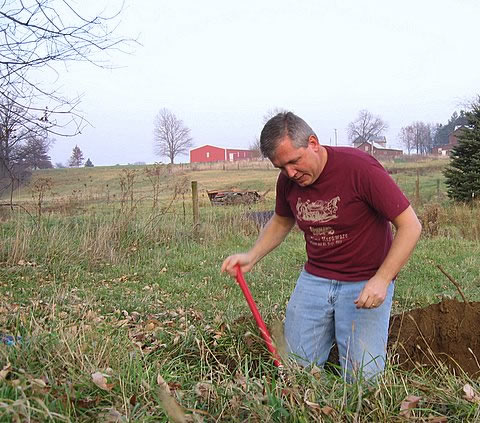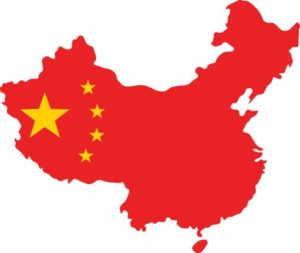
Good arable farmland is disappearing. All you have to do is look at the suburban sprawl that has gobbled up all the farmland around every major city in America to know that this is true. But, it’s not just an American problem. It’s a worldwide problem.
– Current food reserves are the lowest they have been in 40-years
– The amount of cropland per person has fallen from 1.1 acres (in 1960) to less than 6/10 of an acre today.
– World population is expected to grow from 6 billion today to 9 billion in 40 years (just about the time I’m guessing my grandchildren will be thinking about starting families of their own).
– Making one pound of beef requires seven pounds of grain (says the USDA). Americans love their beef. Now, lots of people in India and China want to eat like Americans. When they start switching from rice to beef, it is going to make the shortage even worse.
“Land is scarce and will become scarcer as the world has to double food output to satisfy increased demand by 2050…it goes hand in hand with water. Water scarcity will probably increase even more than land.” (Joachim von Braun, director general at the International Food Policy Research Institute)
If the amount of farmland per person really dropped by almost half, how have we made it so far? Technology has boosted the production per acre. I believe we are nearing the end of the gains we can see from increased use of fertilizer and pesticides. Genetic modification may improve the supply. But, do we really want to eat genetically modified food?
The spike in food prices we saw in 2008 was driven by lack of supply. In my opinion, the primary cause was a government push for biofuels, which now seems ill-advised and will probably be dropped. But, it gave us a frightening glimpse of what the future may be.
Where will tomorrow’s food come from from? How much will it cost? Who knows. But, I believe that our very survival depends on being able to grow our own.
I see a future where farming, by necessity, will no longer be confined to farms. During World War II, millions of American’s planted Liberty Gardens. Those gardens helped feed us through an uncertain and frightening time. Already, we are seeing an increase in suburban farming. Vacant city lots must be planted. “Balcony gardens”, grown in pots and planter boxes outside urban apartments won’t be far behind.
Uncertain and frightening times are coming. Gardening is part of the answer. Now is the time to garden!
Click here for cool and labor-saving gardening tools.

Click here to join
me on Facebook
Where did my information about farmland come from? I found the statistics I cited when I stumbled across an article about farmland investing in Fortune.
































We just took a drive yesterday to some areas we hadn’t been for awhile. It’s frightening, how many houses are built on what was very recently farmland. I asked the same question: Where is the food going to come from?
I can grow beans an potatoes and corn and squash… but I can’t grow a cow in my backyard. In this town, I can’t even have a chicken. I hope that some laws will change to fit reality as we go forward.
In the spirit of full disclosure, I am Galen’s brother, but am not involved in the day to day operations of the business.
Don’t forget community gardens, rooftop gardens and the many creative farming models that I think will thrive in the future: CSAs, micro / speciality farms, food hubs, solar greenhouses, etc. The number of farmers markets in the U.S. has almost doubled in the last ten years.
Secondly, pesticides and fertilizers don’t necessarily increase yields. Several studies have shown otherwise:
http://www.news.cornell.edu/stories/July05/organic.farm.vs.other.ssl.html
http://www.cnr.berkeley.edu/~christos/articles/cv_organic_farming.html
Most importantly, organic methods offer huge advantages when you factor in human health, fossil fuel inputs, soil health, soil erosion and water quality. This is especially true if you take the long view.
Kevin